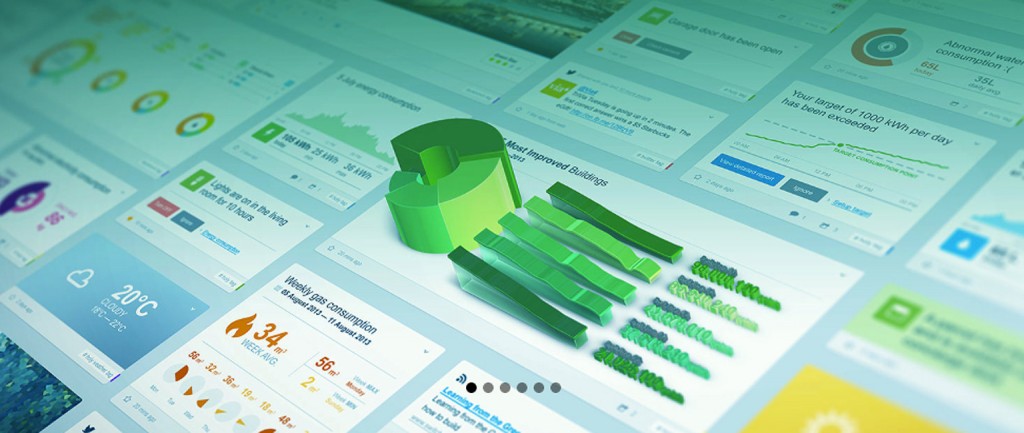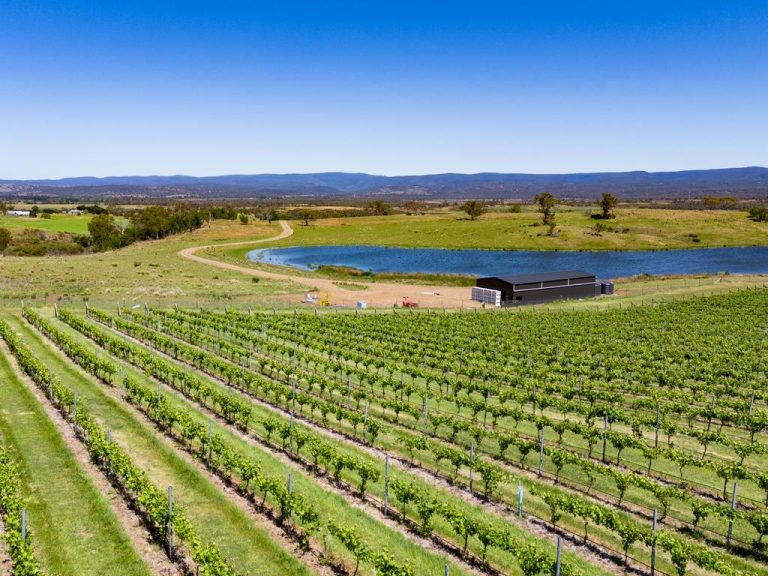Green gong for company with head in the cloud

A company behind one of the world’s first cloud-based systems for managing commercial buildings is a finalist in this year’s Australian Technology Competition.
Switch Automation provides energy monitoring and management systems for both commercial and residential properties, and counts Melbourne’s Box Hill Institute and Sydney laboratory Chemika amongst its clients.
But unlike similar systems offered by other providers that store the information they gather on-site, the information Switch Automation collects is sent straight to the ‘cloud’, where it can be easily collated and compared with other sites using the same system.
Now it’s among 16 companies selected as finalists in the annual competition and will pitch its idea in front of a live audience at a gala event on October 20.
The company’s chief operating officer Peter Rake says while many companies provide building monitoring and management systems, Switch Automation’s use of the ‘cloud’ is a significant point of difference.
“We often get put into a box where, ‘Oh, so you’re just an energy monitoring platform’, but we’re far more than that,” Rake says.

Switch Automation chief operating officer Peter Rake
“We’re actually a data collection platform and we take in all enterprise data. For many of our customers we’re bringing in building management system data, so anything to do with space temperatures, dampers, chiller operations, chiller run times and all that.”
“We’re bringing in energy monitoring systems, so that’s all their kilowatt hours, their power factor, all the building information to do with the square footage, the occupancy. All that gets rolled into the platform.”
Once you get this data in one place, you can sort of say, ‘Oh, gee, I didn’t realise that my per-square-metre count on kilowatt hours on this building is horrible compared to these buildings
Rake says the storage of each building’s data in the ‘cloud’ means comparisons between buildings and improvements to each property’s efficiency are far easier than garnering the same information from storage silos on individual sites.
“Once you get this data in one place, you can sort of say, ‘Oh, gee, I didn’t realise that my per-square-metre count on kilowatt hours on this building is horrible compared to these buildings’,” he says.
“A lot of those other solutions…that is collecting data at a site by site level, that’s what impedes them from doing full portfolio aggregation of that data, because it is stored in silos onsite.”
“What we do is process all that data and normalise that data and have a set of interactive charts that helps people digest that data and helps them make actionable decisions.”
A little change goes a long way
Rake says a few small improvements can equal big savings for many commercial buildings.
“We’ve just saved circa $200,000 for a company in the US. Their plant they thought was running fine but it has not been tuned, it’s not running efficiently, it’s not bringing in outside cooler air, there’s a whole heap that’s wrong with it,” he says.

Monitoring and managing each building’s systems can achieve huge savings
“And also running things outside of hours. Once you’ve got this visibility, people have entire after hours visibility, because no one knows when they walk into the office at 8am, ‘Is someone here before me or have they been on all night?’”
“Once you start to get usage profiles of your circuit level data or even just your entire building from the utility meter, you actually get a usage profile of the building and you know what has or hasn’t been left on all night.”
Making bills work for you
Modern building management systems like Switch Automation’s allow for old utility bills to be fed in, to build a more accurate picture of a building’s energy usage.
Rake says valuing old data can often be as important as ploughing money into a new system.
“Companies are averse to spending money sometimes to make money,” he says.
“That’s why we completely encourage people to value the data they’ve already got. We tell them, ‘you’ve been paying utility bills for how long now?’”







